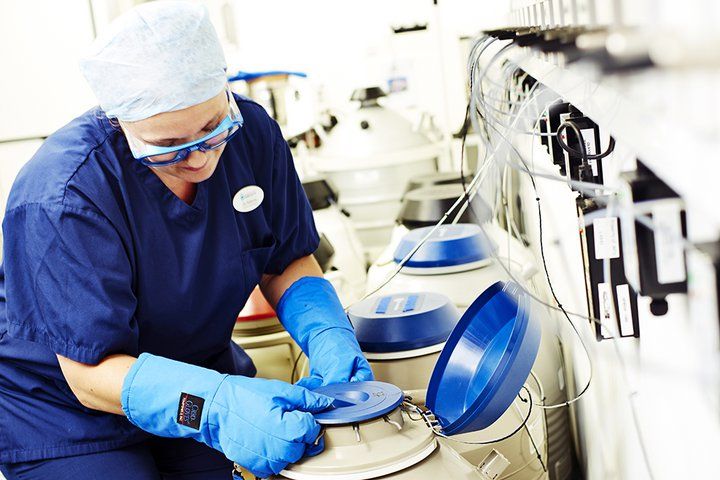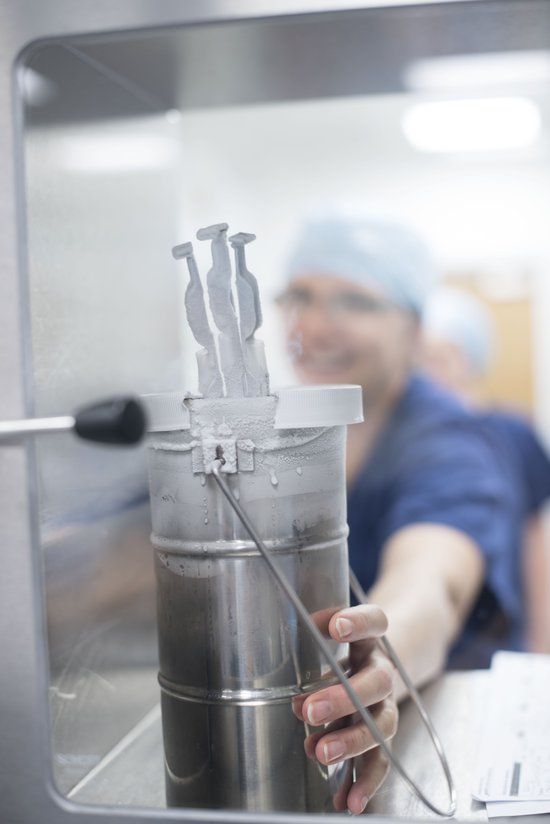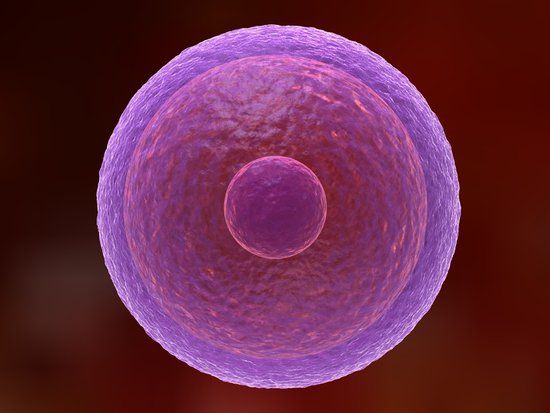
If you have good quality embryos remaining from your IVF/ICSI cycle, they can be frozen. This allows you to use them at a later time, if you decide you want to try to have more children.
We store your embryos in liquid nitrogen in our laboratory. When you’re ready to try to use your embryos to have another baby, we first need to ensure that your body is ready to receive the embryo.
If you’re on a natural cycle frozen embryo transfer, this is done by detecting your LH surge. If you’re on a hormone-controlled cycle – which may be recommended if you ovulate irregularly or if your consultant thinks it is medically necessary – this is done via a scan.
Your womb lining must be of the right thickness to allow the embryo to implant and grow. Only at this point do we then remove your embryos from the liquid nitrogen and begin the thawing process. Our embryologists will analyse your thawed embryos and confirm they are viable for transfer. You then come into the clinic for the embryo transfer procedure.
To help increase the chances of pregnancy, your embryos are dipped into EmbryoGlue just prior to transfer. This special solution, which we include as part of your treatment free of charge, helps your embryos to ‘stick’ to your womb lining.
Around two weeks after your embryo transfer procedure, you can take a pregnancy test. Success from a Frozen Embryo Transfer (FET) cycle depends on various factors, including the quality of your embryos. The length of time your embryos have been stored however doesn’t impact on your chances of pregnancy.
At Manchester Fertility we have strong consistent success rates using frozen embryos, helping our patients extend their families.
Last updated: 20th January 2020




